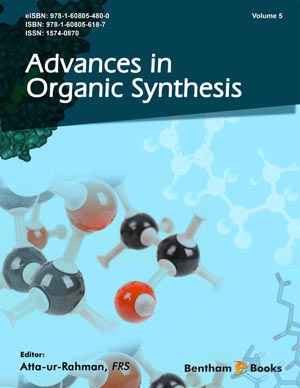Abstract
Carbohydrate-protein interactions play a major-role in recognition of cells by external macromolecules. Single saccharide ligands, however, bind only weakly to their protein receptors. Sufficient affinity is achieved by appropriate mutual orientation of the saccharide epitopes and their protein receptors, which allows multiple simultaneous interactions. In other words, high affinity binding is achieved through multivalency, where the high number of simultaneous binding events compensates the lack of strength of an individual interaction. Solid-supported methods allowing synthesis of multiantennary glycoconjugates have, hence, been under active development. The present paper is a review of the solid-phase protocols useful for preparation of glycoconjugates.
Keywords:
Solid-support, synthesis, conjugation, 1, 3-dipolar cycloaddition, oximation, peptide, oligonucleotide, cluster effect, monosaccharide, protecting group, linker, glycoconjugate, glycocluster, sugar, carbohydrate.


 Download PDF Flyer
Download PDF Flyer